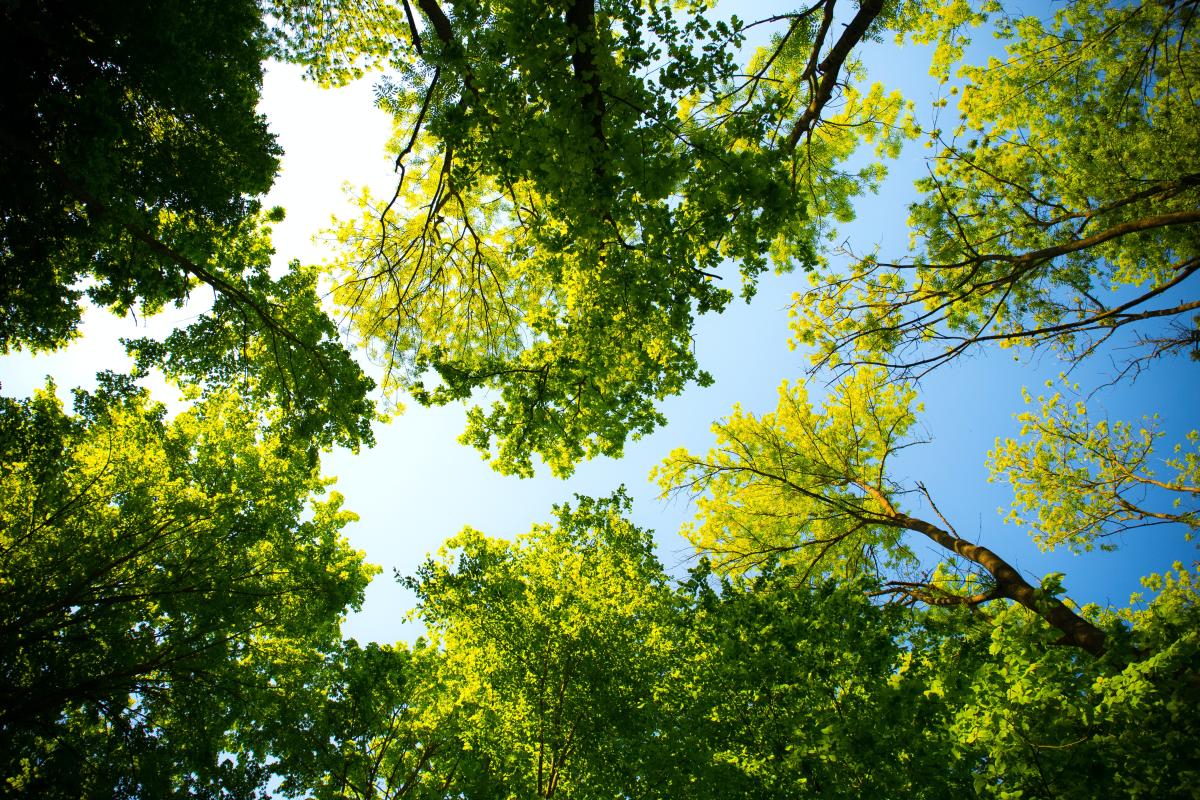
Space Farming
In this lesson, students will be learning about the challenges of farming in space for future settlements. Specifically they will focus on the difficulty of testing whether plants will grow in soil that doesn't exist on Earth.
They will participate in a design challenge where they design a seed starting tray with the smallest possible amount of soil (to mimic the real-life challenge of experimenting with growing plants in the extremely limited amount of lunar soil that was brought back from the Apollo missions).
The lesson lists a variety of suggested materials for the lesson. It is anticipated that the lesson and design challenge would take 2 days, plus about 10 days to record observations and results.
Lesson Grade Level
6th GradeLesson Plan Link/URL
https://docs.google.com/presentation/d/1EzNT1PpY4HJEjS1SG52eQbD6QHzdI06ZHtO7C-B…Subject Area
Science Earth and Space Science E2: Earth & the Universe Life Science L2: Organisms & Energy Technology 4. Innovative Designer Engineering S2: Apply the Engineering Design Process Mathematics Measurement and Data (MD) Ratio and Proportion (RP) Statistics and Probability (SP)Related Content

This lesson is part 2 of 2. In lesson one, students create a scale drawing (blueprint) of a sustainable house. In this lesson, students use their scale drawing to create a scale model of a sustainable

Gardening in an Arizona summer is a struggle. This lesson has students use biomimicry to design a way of protecting a garden from the heat and sun. They will read articles before designing a shade and

Students will use published scientific data and current evidence to identify the phenomenon known an urban heat island effect. Students will first analyze temperature data as well as land-use data